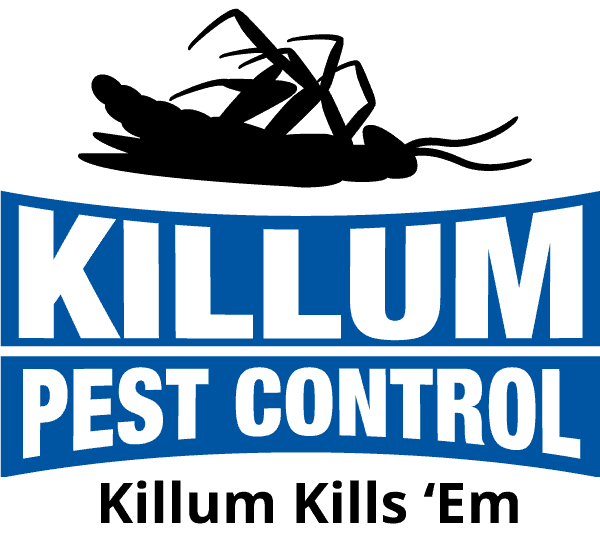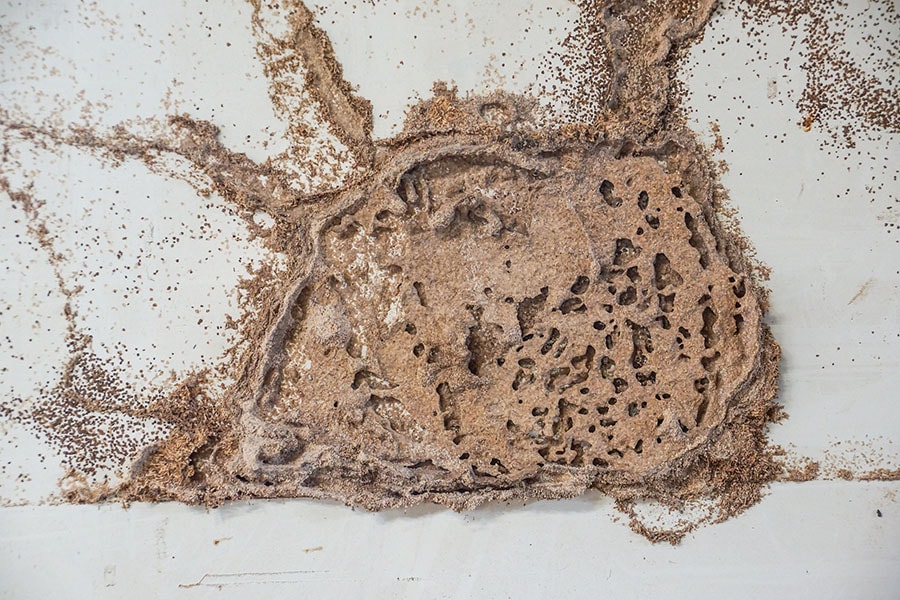Termites are extremely harmful pests that can invade your property. If left untreated, they will seriously harm your property as they feast on wood. Mud tubes in your home are one typical indicator of a termite infestation.
Termites build these tubes as tunnels between their colony and their supply of food. If you discover mud tubes inside your home, it’s critical to take immediate action before the termites inflict irreversible harm.
In order to stop termite infestations from doing irreparable harm to your house, this article will go into great depth about how to deal with mud tubes in your home.
Identifying Mud Tubes
Mud tubes are easy to identify once you know what to look for. They appear on walls, ceilings, and floors and are often the width of a pencil.

The tubes are made of mud, soil, and other materials that termites use to create a protective tunnel around their colony. They’re often found in areas where termites have access to wood, such as around windows, doors, and baseboards.
Dealing with Mud Tubes
It’s critical to respond right away if you discover mud tubes within your house. To resolve the problem, there are certain steps you can take:
1. Inspect Your Home
The first step in dealing with mud tubes is to inspect your home thoroughly. Take a close look at your walls or furniture for small holes or damaged wood, which are all indications of termite activity.
This will enable you to assess the size of the infestation and the termites’ origins.
2. Remove The Mud Tubes
Once you’ve identified the mud tubes, you need to remove them. This will help you disrupt the termites’ travel routes, making it harder for them to move around your home.
Break the tubes open with a screwdriver or another sharp item to reveal the termites inside. You can then vacuum up the termites and dispose of them.
3. Treat the Infestation
Removing the mud tubes is only the first step in dealing with a termite infestation. You also need to treat the colony to prevent the termites from coming back.
Chemical barriers, baiting systems, and fumigation are just a few of the treatment techniques accessible. To apply the ideal solution for your particular circumstance, it is recommended to speak with a trustworthy pest control company.
4. Prevent Future Infestations
It’s essential to take steps to prevent future termite infestations. This entails maintaining a dry, well-ventilated home, addressing any leaks or water damage right once, and storing firewood and other wood products far from your house.
Additionally, you should often get your house evaluated for termite activity.
Types of Termites That Create Mud Tubes
Not all termite species produce mud tubes, but those that do include drywood termites, which are often found in warmer temperatures, and subterranean termites, which are the most prevalent species in the United States.
Professional Help for Dealing with Mud Tubes
Even while some homeowners may decide to handle mud tubes and termite infestations on their own, it’s frequently advisable to get professional assistance from a certified pest control company since they have the knowledge and tools necessary to treat the issue and avoid more infestations thoroughly.
Conclusion
Mud tubes are a common sign of a termite infestation in your home. If you find them, it’s essential to take immediate action to address the problem before the termites cause serious damage.
This includes removing the mud tubes, treating the infestation, and taking steps to prevent future infestations. You can safeguard your house from termites and ensure that your property is secure by adhering to these instructions.
For effective and reliable termite extermination services, trust the top provider in the Texas Gulf Coast—Killum Pest Control, Inc. Our experienced team is dedicated to providing top-quality residential and commercial pest control services that eliminate pests and protect your property from future infestations. Contact us today to schedule an appointment!






